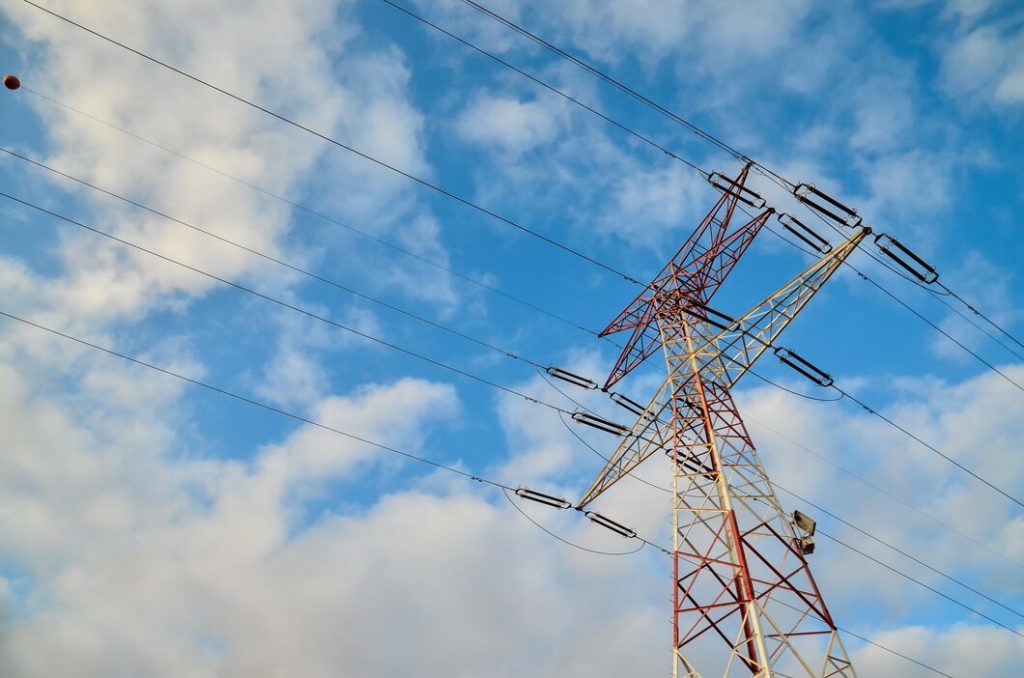What is Utility Pole? A Complete Guide to Utility Poles
2025-03-08
Utility Pole: Everything You Need to Know
Whether you recognize it or not, utility poles play a prominent role in your life. They provide an unseen sense of stability from an array of power and telecommunications networks every day and night, ensuring that your home and office sites are powered and operating. You’ll probably never give utility poles another thought besides this article—or understand how much they do for society—but instead, they are the bezels upon which we create power and communication. So learn everything from what is utility pole to the different kinds of utility poles, construction materials and construction of a utility pole, reasons of purpose, any safety concerns that go along with a utility pole, and beyond. Learn the technology of a power and communication utility pole network.
What is a Utility Pole?
- What is utility pole? A utility pole is a vertical post; it’s a transmitter, receiver, and connector for hardware—any electrical wire, power line, telecommunications system, and so forth. In addition to the vast amount of hardware mounted to them, the poles themselves are vital for city-dwelling electricity and communication. They are the pillars upon which the world scaffolding system is built to allow such convenient energy and communicative access.
- A utility pole is essentially a nondescript tall pole that holds wires and telecommunications cables for extended transmission. Utility poles are the necessary, albeit unremarkable, infrastructure to provide energy and communication requirements for all facets of residential, commercial, and industrial use. The utility pole ensures that these systems are grounded in safety and proper security.
Utility Pole Operates
A utility pole is a pole that supports overhead wiring and cabling for transmission and communication. The electric utility pole transmits wiring from nearby substations or power stations to residences and businesses. At the same time, it acts as a support for overhead telephone and internet wires, simultaneously transmitting and receiving. The utility pole operates in conjunction with the following requirements of modern living:
- Supports power lines above ground
- Supports telecommunication lines above ground
- A utility pole is more stable than a wooden telephone pole and less likely to fall in a freak storm because utility poles are designed to withstand inclement weather, and many have attachments that afford stability and prevent catastrophic hazards and spikes.
- Coverage: The poles are strong enough to bear the load of transformers, cross-arms, insulators, and other necessary electrical components that regulate power and telecommunication flow.
Parts of a Utility Pole:
Utility poles are designed with particular characteristics for balance, safety, and function. For example:
• Crossarms: The horizontal pieces that hold up electric wires and cables.
• Transformers are used on utility poles to reduce voltage for residential applications.
• Insulators: Prevent sections of the electrical flow from entering the pole itself; required for the safe transmission of electricity.
• Hardware: Nuts and bolts, brackets, etc., to hold wires and electrical objects to the pole.
• Grounding: Allows for safe discharge of excess electricity into the earth.

Poles Created and Serviced by the Utility Companies:
Utility poles are made from various materials and designs because they all fulfill distinct needs relative to location, climate, and stabilization features an electric or telecommunications grid requires. The following are the most general styles of utility poles.
- Wooden Utility Poles:
The most general style of a utility pole is a wooden utility pole. Wooden utility poles are inexpensive to produce and withstand average weather. Generally, they are treated so they don’t rot, get infested with bugs, or break down over time.
- Concrete Utility Poles:
These are more durable than wood in high-stress situations. Less likely to rot, they withstand more extreme climates with heavy snow or heavy wind. 7. Steel Utility Poles: These are used when extreme durability and strength are required. They are resistant to rot and rust as well as termites/insects and are usually found where there is high windage and seismic activity.
- Composite Utility Poles:
As the name suggests, these poles are made out of multiple materials: fiberglass, plastic, and other composites. They are light, relatively easy to work with, yet durable and reliable, and corrosion-resistant, so they function in specific regions and uses.
- Power Poles:
These are for high-voltage power lines that transfer electricity over long distances. Usually more rural or industrial, these poles help transfer electricity where it needs to go. 10. Telephone and Telecommunications Poles: These are smaller poles that transfer low-voltage telephone lines, as well as wiring for internet and cable television. These are found in more residential settings.
How Utility Poles are Installed?
Although many steps exist to ensure proper utility pole installation, the ones that matter most are as follows:
1. Assessing Conditions—A crew member is present to ensure the best locations are made without obstruction.
2. Digging Holes—Holes are due to a certain depth to ensure proper placement of the pole based on the pole height and earth conditions.
3. Setting the Pole—Poles are raised and placed in their final position. Sometimes, larger poles need a crane to assist in raising and setting the pole.
4. Stabilizing the Pole—Poles are stabilized with cement, or in the case of smaller poles, dirt, and gravel are used to further stabilize the utility pole.
5. Wiring Installation- After the pole is planted into the ground, cross-arms are fastened to the pole for future wiring/cabling and electrical equipment needed for operations attachment.
Utility Pole Safety and Maintenance
Safety surrounding utility poles is crucial for both personnel and the general public. The issues with utility poles include electrical shocks, falling accidents, and injuries during severe weather. Therefore, much unforeseen maintenance occurs, and periodic inspection happens to ensure utility poles are safe and in working order. There are standard daily maintenance inventories that determine whether the utility pole is at risk, including:
• Cracked Poles:
Wooden utility poles crack over time, indicating necessary repairs before pole failure.
• Broken Insulators:
Insulators that are not working create communication issues.
• Hardware Coming Loose:
Braces and bolts can come loose over time, needing a good tightening.
When are Poles Repaired and Replaced?
Poles are repaired and replaced during bad storms, natural wear and tear, or pole-related incidents. Once poles are worn down or compromised, they’re swapped out almost immediately to restore any services. Poles are repaired and maintained over time to avoid potential hazards and to ensure safe electricity and telecommunications
Why are Utility Poles So Necessary?
No utility poles and no safety and security of the electrical grid and telecommunications. We need utility poles for:
• Transmission:
Without utility poles, there’s no other safe way to transfer volts from power stations to homes.
• Transportation:
Telecommunications poles offer transportation for internet, telephone, and cable access to the everyday citizen.
• Preservation:
Utility poles keep devices used to prevent electrical surges, shorts, and failures off the ground.
Conclusion:
Utility poles are the unsung heroes of modern technology made invisible. Whether they are wood, concrete, steel, or composite, these poles facilitate efficient transmission and telecommunication for the long haul. They work in conjunction with a host of accessories—transformers, insulators, cross arms, etc.—to make sure connections are secure and protected. XY Tower has the confidence to make an excellent solution and ensure that our solutions are fully operational, efficiently functional, and remain flexible at all times.

Привет, я Чуньцзянь Шу
"X.Y. Tower: Надежные, инновационные решения для высококачественных башен и электрооборудования с профессиональным сервисным обслуживанием.
